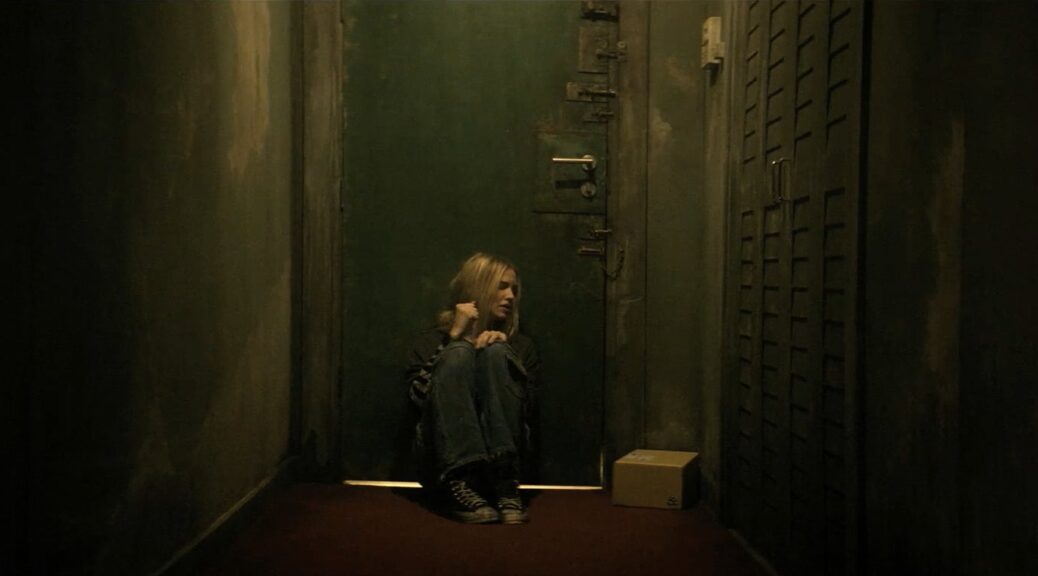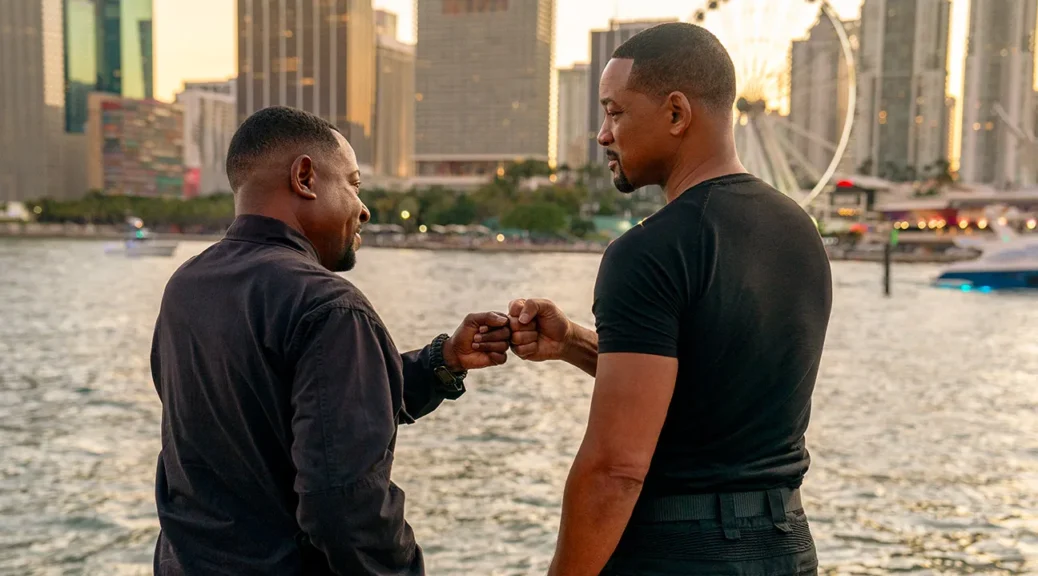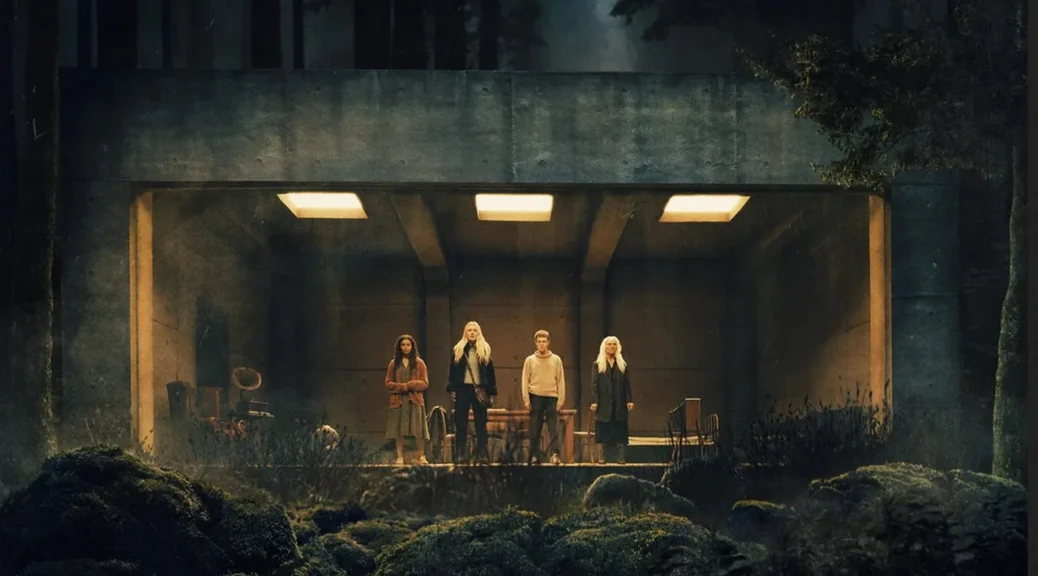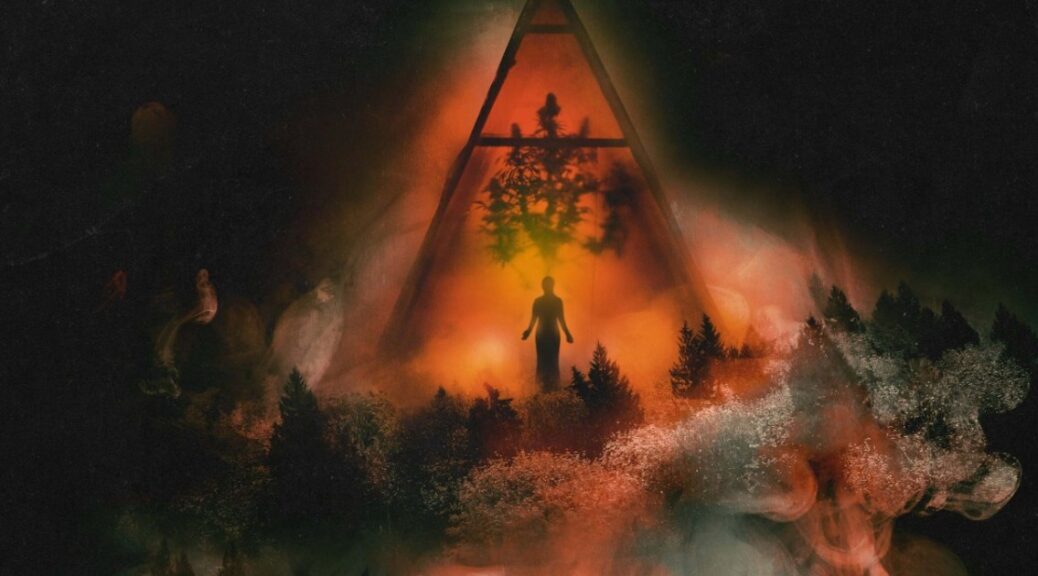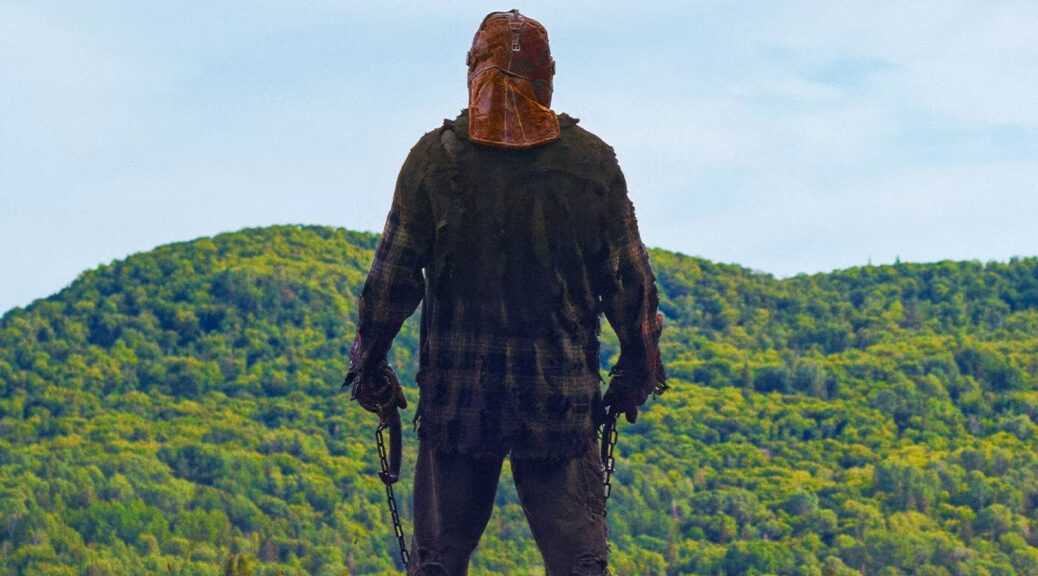Treasure
by Hope Madden
“You have no idea.”
It’s the refrain forever punctuating the silence between father, Edek (Stephen Fry), and daughter, Ruthy (Lena Dunham), in co-writer/director Julie von Heinz’s family tragicomedy, Treasure.
Both Ruth and Edek are grieving the loss of Ruth’s mother, and each is dealing with that grief in their own way. Edek closes out anything unpleasant and focuses on the positive. Ruth books a trip to Poland to visit everything her Auschwitz survivor father has stricken from his memory.
The fact that von Heinz can mine any comedy from this family vacation is a great credit to her lowkey direction and, of course, to the neurotic charm of her leads.
Fry excels. He’s affable and dear, proud and protective, and—as dads tend to be—infuriating. It’s a great part and Fry expands to fill this larger-than-life presence.
Dunham has her work cut out for her as the hyper-intelligent emotional basket case grappling with the reality that she knows nothing of the nightmare of her parents’ past. The absence of her mother has left her feeling untethered; the trip offers a point of connection with a past that’s lost to her.
Auschwitz is a big image. In stronger moments, Treasure aches with a longing to understand why you are the way you are, a longing for connections to your past. It acknowledges that you may be built from your parents’ trauma, but that does not give you the right to own it.
In weaker moments, the film itself feels like trauma tourism.
Dunham does what she can to humanize this character, to examine Ruth’s grief, hollowing self-loathing, and need. But in the face of her father’s pain, this unholy exercise in picking scabs makes Ruth profoundly, unforgivably self-centered. Grief is necessarily selfish, but Ruth is obliviously sadistic.
Von Heinz walks a tightrope of tone. She taps into the reverberating echoes of war crimes right in the streets and apartments of Poland. She keeps it light but respectful, unveiling a heartbreaking reality most may not know.
There’s much to like in Treasure, but the film keeps siding with Ruthy without giving us any reason to do so ourselves.


